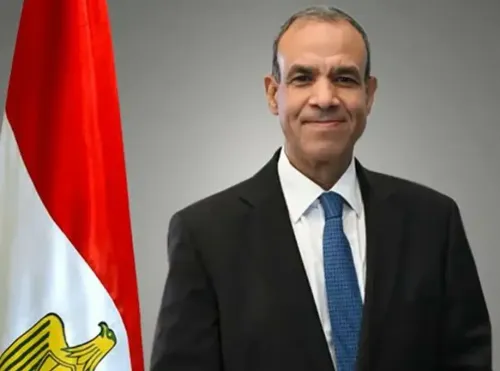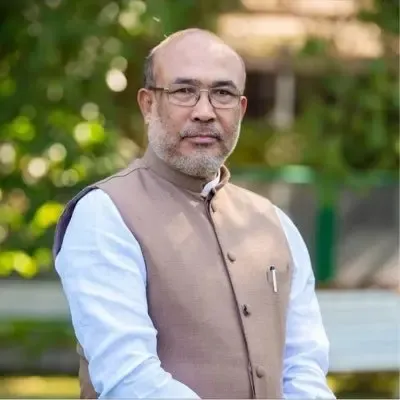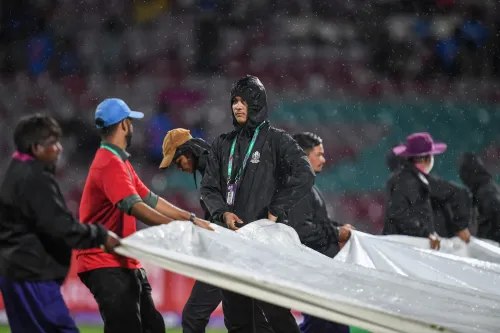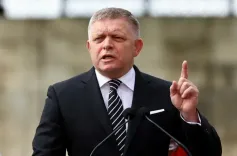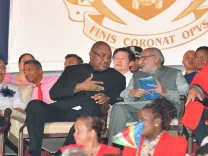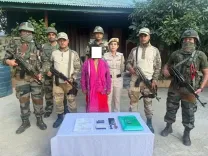Did India’s Post-Pulwama Strikes Indicate a Strategic Shift?
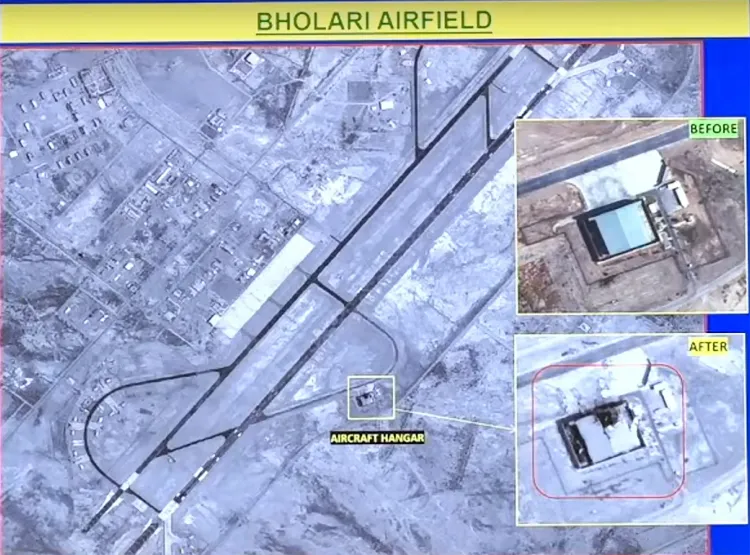
Synopsis
Key Takeaways
- India's military strategy has evolved to focus more on proactive deterrence.
- Operation Sindoor signifies a decisive shift in military engagement with Pakistan.
- Key targets were selected based on their strategic significance to terror operations.
- The strikes aim to send a clear message to both Pakistan and the international community.
- India is redefining the rules of engagement regarding cross-border terrorism.
New Delhi, May 12 (NationPress) In the aftermath of the 2019 Pulwama terror attack and the ensuing Balakot airstrikes, India’s military and strategic framework underwent a significant reevaluation focused on enhancing both military and political deterrence. This new strategy led to the implementation of the carefully planned strikes under ‘Operation Sindoor’, signifying a shift from past trends of limited and reactive military responses, according to military insiders.
Individuals involved in the strategizing process described this method as intentional and varied, aiming to showcase a transformation in India’s military approach. “You don’t play the same card twice,” remarked a senior source, alluding to the Balakot strike. “It was crucial to illustrate that our thinking is evolving and that red lines have been crossed -- both in discourse and in the scope and choice of military targets.”
Among the nine targeted facilities, military insiders singled out three significant locations: Bahawalpur, Muridke, and Bhuja. These were not arbitrary selections. “Each of these sites is pivotal to Pakistan’s state-sponsored terror machinery,” clarified an official. “They symbolize years of collaboration between the Pakistani deep state and jihadist organizations operating against India,” sources indicated.
The Masjid and Markaz in Bahawalpur, which is widely recognized as the stronghold of Jaish-e-Mohammed (JeM), was a primary target. While JeM is a relatively modern entity, its ideological and operational origins stem from older groups like Harkat-ul-Mujahideen and Harkat-ul-Jihad al-Islami, which were active long before JeM's establishment. “Bahawalpur holds not only symbolic significance; it is operationally vital. This is where indoctrination and logistical coordination occur,” stated a defense official.
The Muridke installation, associated with Lashkar-e-Taiba (LeT) and its parent organization, the Markaz ud-Dawa wal-Irshad, was also targeted. Military evaluations suggest this site has played a crucial role in training and sending militants into Jammu and Kashmir and beyond. “This location is a hub for jihadist infrastructure. The presence of LeT founder Hafiz Saeed and other top leaders emphasizes its importance in anti-India operations,” an officer remarked.
Less recognized but equally essential was the target at Bhuja, characterized by officials as a logistics and training center that has supported various terror groups over the years. “It’s not solely about prominent organizations like JeM or LeT. It’s about the entire structure -- where they’re trained, sheltered, and supported,” a source elaborated.
Military insiders underscored that these operations were not simply acts of retaliation but part of a broader strategic communication aimed at both the Pakistani government and the international community. The clear message was: India will no longer differentiate between terrorists and their backers.
“These strikes were designed to avoid escalation while being definitive. Precision munitions were deployed, and civilian areas were bypassed. However, the message was unmistakable: no sanctuary is secure anymore,” the source added.
Officials also contextualized these actions historically. In the 1980s, during the Afghan jihad, Pakistan’s reliance on Pashtun factions was later augmented by the emergence of the Punjabi Taliban -- a shift orchestrated by Pakistan’s intelligence agencies. This second phase included militant organizations like HUM, HUJI, as well as JeM and LeT, which were redirected towards Kashmir after the Soviet withdrawal from Afghanistan.
“These groups were strategic assets of the Pakistani state, repurposed to conduct a proxy war against India,” stated a senior military official.
The Indian response following the Pulwama incident, now embodied in Operation Sindoor, aims to establish a new normal. “We have delineated clear red lines. Terrorism originating from across the border -- irrespective of the depth of the infrastructure -- will be met with decisive and calibrated force,” a military spokesperson affirmed. Officials concluded that India is moving away from reactive measures towards proactive deterrence, creating new rules that redefine engagement parameters with Pakistan.

